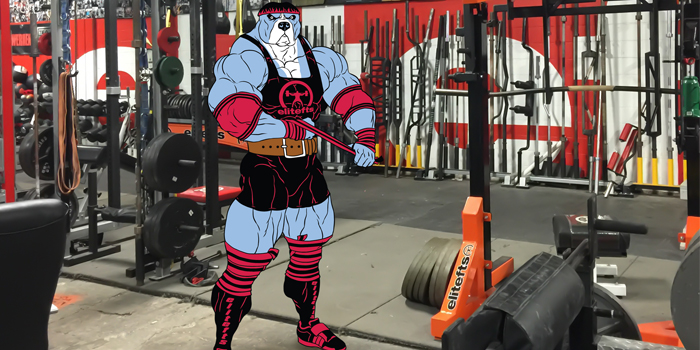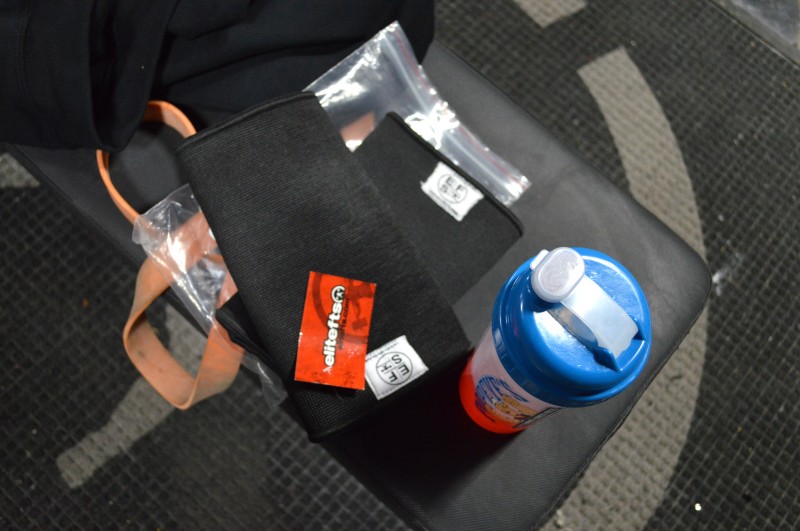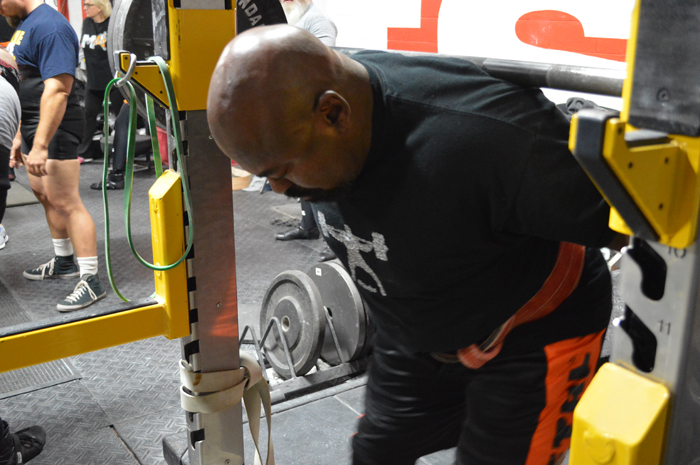
I want to start by saying that a powerlifter is a powerlifter, and that’s enough to me. I don’t care if you lift raw, single-ply, or double-ply; you’re a powerlifter. I have lifted and competed in all of these ways and I was a powerlifter the whole time. I understand that each way of lifting has its own benefits and complications. They are all hard and they all take serious dedication, especially if you want to reach the top level.
This being said, there is a way to use raw supportive gear correctly. Knee wraps, wrist wraps, and a belt are supportive gear that can help a raw lifter move more weight. They are not to the same extremes of a bench shirt, squat suit, briefs, or deadlift suits, but they are still supportive gear and they still allow more weight to be lifted. I have heard people claim that they are worn for safety, but I don’t buy it. They provide some safety from injuries but, when you get down to it, most lifters wear wraps and a belt because they help them lift more weight.
I see more and more raw lifters in the gym these days. This is great, but it seems that every single time they squat, bench or deadlift heavy, they wear all their gear. I believe this brings up a catch-22 situation: in order to get every pound out of your gear (for this article, when I say gear, I’m talking about wraps and a belt) you need to be in it often, but if you’re in the gear too often, it will create a weakness and not allow your body to adapt.

For example, back in my physical therapy days I did some research and conducted a report on back braces worn by employees of heavy moving companies. They wear these braces tight all day that support their abs and obliques. Over time, the braces make the core week because of the constant support. Muscles that do not get used get weak.
Eventually, the person tries to lift something heavy and, even with the brace on, they get hurt. The true ideas of those braces is to wear them loose and then tighten them when it’s time to lift something heavy. The idea behind this, from what I understand, is that it helps to remind lifters to keep their stomach tight for a lift. I think these braces are bullshit, and I can’t believe that companies still have their employees wear them.
Having supportive gear on all the time does not allow the body to grow strong; it creates weaknesses. The human body needs to be pushed.
This same theory applies to ligaments and tendons. The human body has an amazing ability to adapt, which means it can adapt in ways you don’t want it to. Always wearing wraps takes pressure off tendons and ligaments, which removes a stimulus for growth (the pressure). Lifting heavy without wraps will force your ligaments and tendons to thicken and become stronger. This is why it’s best to train normally without wraps and then add them for support on the heaviest lifts. You get the best of both worlds this way: the building up of muscles, tendons, and ligaments, and the benefit of the gear.

This is very similar to lifters that use single and double-ply gear. If these lifters always wear their gear, they end up with weaknesses in their stabilizer muscles. Before long, an injury pops up. I have always believed in the balance between learning to be proficient in gear and building a strong body without the gear. Tendons, ligaments, bones, stabilizers, and all muscles need to get better — this concept is the same for raw, single, and multi-ply lifters.
How much do you really need to wear a belt and wraps to get used to it? It is much easier than learning single-ply or multi-ply gear. Wrist wraps are the easiest to get used to, but knee wraps are very uncomfortable when worn correctly. If they are not the first things you want off when you finished a squat, you aren’t wearing them tight enough. I have heard of lifters that get up to 50 pounds out of their knee wraps. The belt is the most complicated piece of raw gear. I see it used incorrectly all the time. If it is worn right, it should add 50 to 100 pounds to your deadlift or squat.









5 Comments